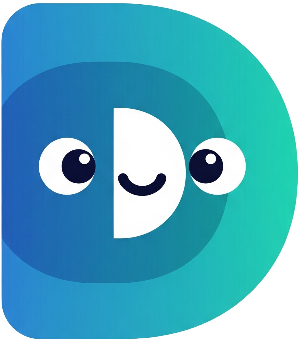Welcome to your Dart adventure! In this recipe, we'll create a simple Dart program to get you started. Our goal is to introduce your very own digital pet—but first, we need to give it a name. This will teach you about the
main
function, variables, the
String
data type, and the
print
function.
Problem: You need to write a Dart program that prints a personalized greeting to your new digital pet.
Solution:
We'll use the
main
function, a
String
variable to store the pet's name, and the
print
function to display the greeting.
Step 1: Setting up Your Environment
Make sure you have Dart installed. You can download it from https://dart.dev/. A good text editor or IDE (like VS Code with the Dart extension) will also be helpful.
Step 2: Creating your first Dart file
Create a new file named pet_intro.dart.
Step 3: The main function
Every Dart program starts with the
main
function. This is where the execution begins. Let's add the basic structure:
void main() {
// Your code will go here
}
The
void
keyword indicates that this function doesn't return a value. The curly braces
{}
enclose the code that will be executed.
Step 4: Introducing your pet's name (Variables and Strings)
Let's give our pet a name. We'll use a variable to store this name. In Dart, you declare a variable using the
var
keyword (or specify the type, like
String). A
String
is a text value:
void main() {
String petName = "Buddy"; // Declare a variable and assign a value
// More code will go here
}
Here, we've created a variable named petName and assigned it the string "Buddy".
Step 5: Printing a greeting (The print function)
Now, let's print a greeting using the
print
function. The
print
function displays the value you pass to it on the console.
void main() {
String petName = "Buddy";
print("Hello, $petName!"); // Print a greeting using string interpolation
}
Note the
$petName
within the string. This is called
string interpolation, which allows us to embed the value of the
petName
variable directly into the string. Run this code using the command
dart pet_intro.dart
in your terminal. You should see "Hello, Buddy!" printed.
Congratulations! You've written your first Dart program and greeted your new digital pet!
Next Steps: In the next recipe, we'll make our digital pet more interactive by adding characteristics like hunger and happiness levels. This will give you a deeper understanding of data types, handling null values, and improving your output!
